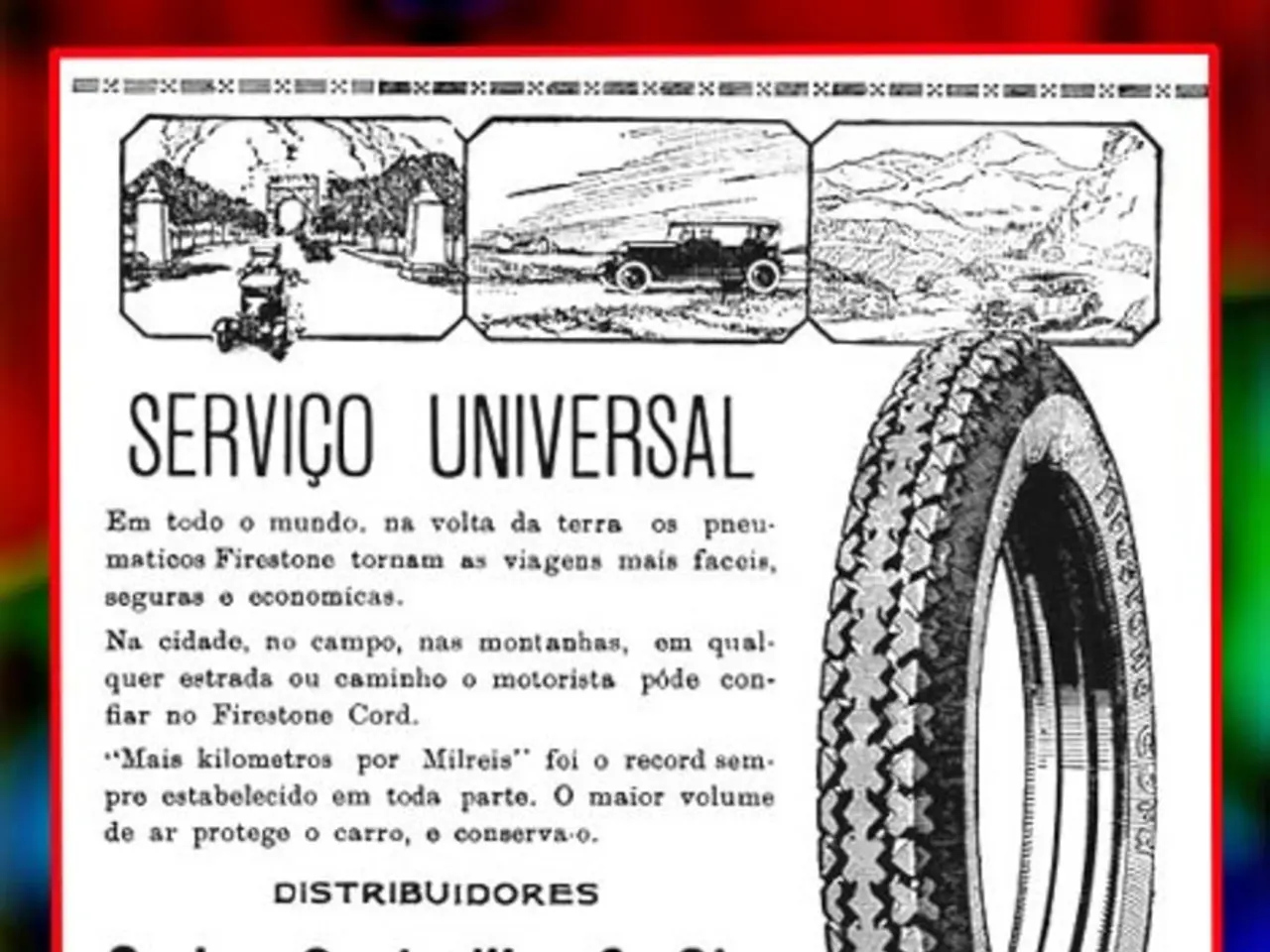Switching to Summer Tires: Essential Guidelines
Preparing for Winter: A Guide to Maintaining and Storing Your Winter Tires
As the cold weather approaches, it's essential to ensure your winter tires are in top shape to provide optimal performance and safety on slippery roads. Here's a comprehensive guide to maintaining, storing, and changing your winter tires for extended life and safe driving.
Tire Pressure
Cold temperatures cause tire pressure to drop, so it's crucial to check and maintain tire pressure at the manufacturer’s recommended level at least once a month during the winter season. Proper inflation maintains road contact and tire performance on slippery surfaces.
Tread Depth
Regularly check tread depth since sufficient tread is critical for traction on snow and ice. Most winter tires have built-in tread wear indicators to signal when replacement is needed. Maintaining good tread depth ensures better handling and braking in winter conditions.
Changing Tires
Install winter tires as a full set of four to ensure balanced traction and control. Remove and switch to winter tires when temperatures consistently fall below 45°F (7°C), as winter tires perform best in cold conditions and can wear faster in warm weather. Rotate tires according to manufacturer guidance to promote even tread wear.
Storage
When off-season, remove winter tires from the vehicle and store them properly to preserve rubber quality. Store tires in a cool, dry, dark, and well-ventilated area away from direct sunlight, heat sources, humidity, oils, and chemicals. It’s best to keep them upright and avoid stacking to prevent distortion. If possible, store tires mounted on wheels to simplify handling and reduce deformation.
Additional Tips
- Buying a second set of wheels for winter tires can make seasonal changes easier and reduce wear.
- Avoid using winter tires year-round, as they degrade faster at warm temperatures and negatively affect vehicle handling.
In Summary
- Use winter tires below ~45°F (7°C); remove when warmer.
- Check tire pressure monthly; keep at recommended level.
- Monitor tread depth; replace if tread wear indicators show.
- Store tires in a cool, dry, dark, ventilated space; tires upright; avoid stacking.
Following these steps ensures your winter tires stay safe, effective, and last multiple seasons. In regions with early and warm spring, consider the risk of sudden night frosts, when the road can become slippery before replacing winter tires. Try to switch tires diagonally in the new season for even wear. Store winter tires in a cool, dry place away from direct sunlight. If the remaining tread depth of winter tires is less than 4 mm, consider buying a new set for the next winter. Stacking tires without rims should be done horizontally in layers, with cardboard or cloth separating each layer. In Kazakhstan, the switch to summer tires usually occurs at the end of March to early April. Winter tires are designed to work at temperatures below +7°C. Use tire covers to protect tires from dust, moisture, and dirt. Mark the position of your tires on the vehicle before removing them for easier identification in the new season. Before storing winter tires, make sure to wash and dry them thoroughly. Proper storage of winter tires can help extend their life.
- To properly store winter tires for extended life, find a cool, dry, dark, and well-ventilated area, away from direct sunlight, heat sources, humidity, oils, and chemicals, and store them upright to avoid distortion.
- In the auto industry, it's wise to invest in a second set of wheels for winter tires as seasonal changes become simpler and reduce tire wear.
- Remember that winter tires should be replaced when the tire tread wear indicators show, ensuring safer driving in winter conditions and better handling and braking.
- Financial prudence in car maintenance should consider the cost of professional car-maintenance services for off-season tire storage, preserving the quality of tires for safe transportation during the winter season.




